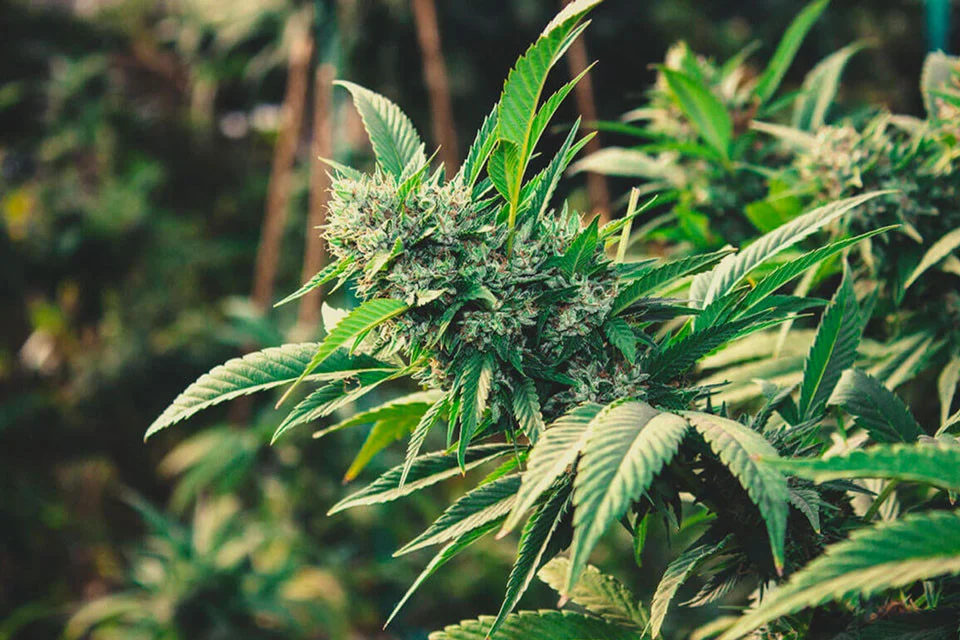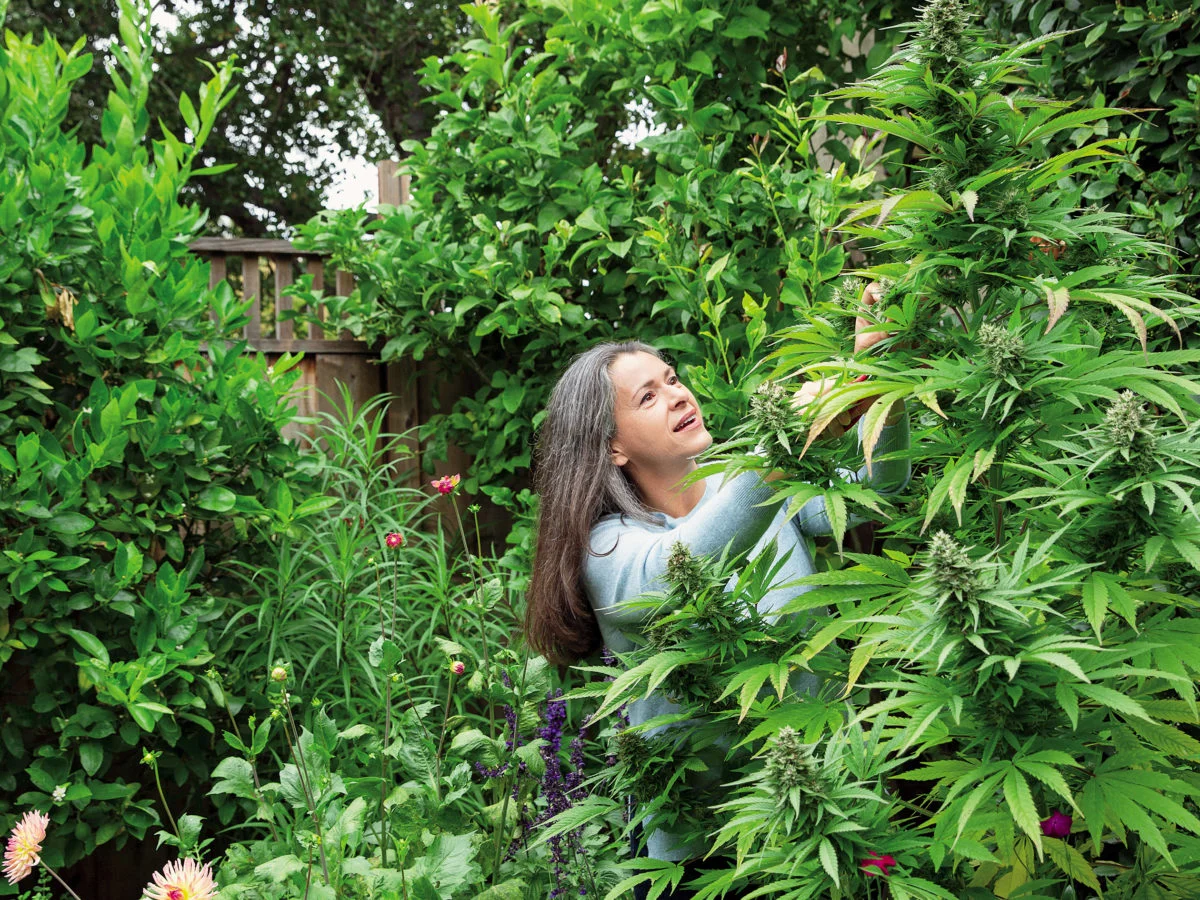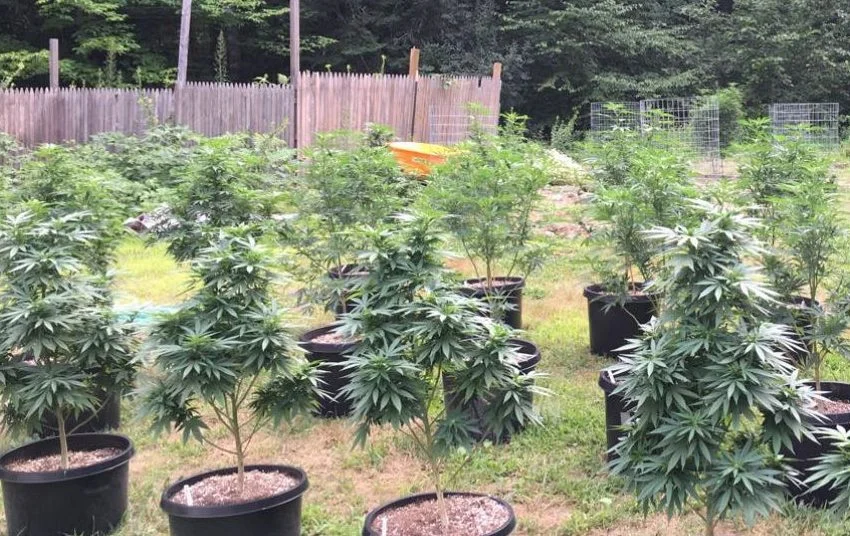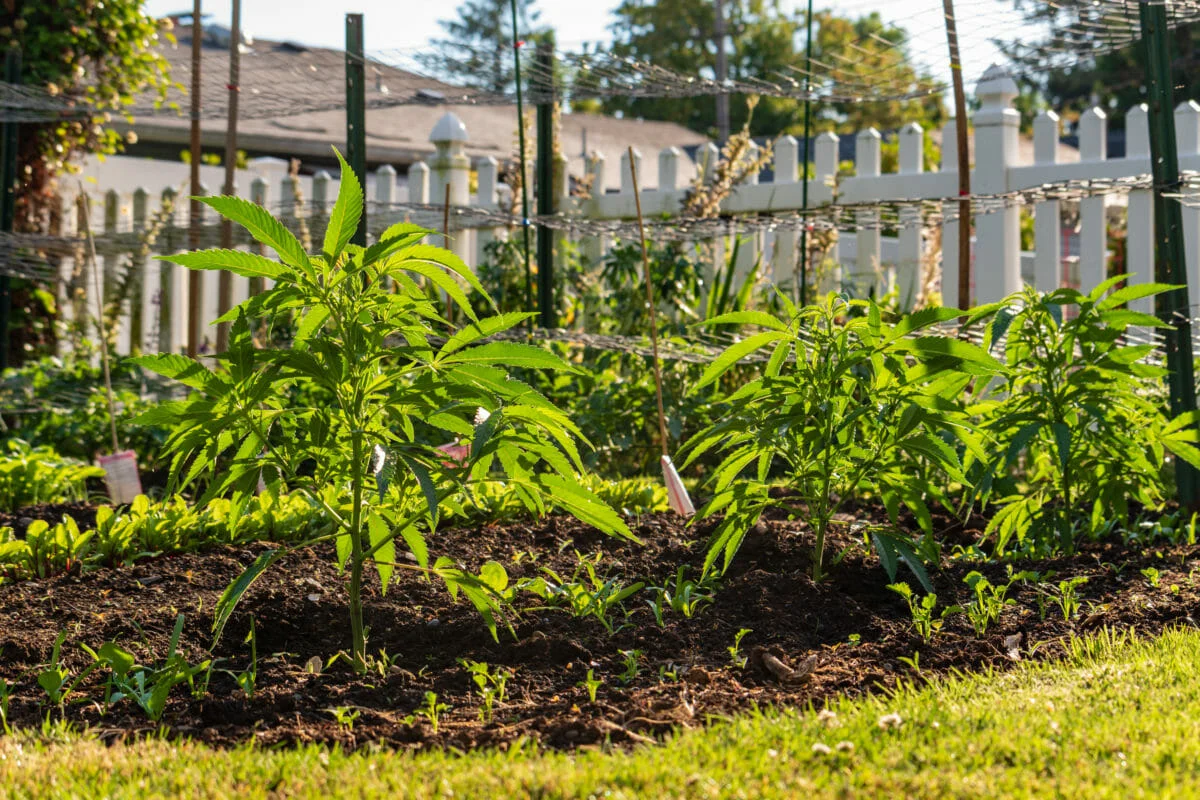In recent years, there has been a noticeable surge in interest among Canadians towards home cultivation of cannabis. This growing trend is not just about the thrill of gardening or the satisfaction of producing one’s own cannabis; it’s also a reflection of the changing attitudes towards cannabis consumption and the desire for self-sufficiency. As cannabis legalization continues to evolve across Canada, more individuals are exploring the possibility of growing their own cannabis plants in the comfort of their homes.
However, diving into cannabis cultivation without a thorough understanding of the laws and regulations can lead to legal complications. The Canadian government has established specific rules and guidelines governing the cultivation of cannabis for personal use, and it’s crucial for aspiring home growers to be well-informed and compliant. From restrictions on the number of plants one can grow to requirements for secure storage and disposal of cannabis waste, there are various legal considerations that must be taken into account.
This article aims to provide a comprehensive guide for Canadians interested in growing cannabis at home, covering everything from the history of cannabis legalization to practical tips for successful cultivation. By gaining a deeper understanding of the laws and regulations surrounding home grow, readers can approach cannabis gardening responsibly and enjoy the benefits of producing their own high-quality cannabis while staying on the right side of the law.
Understanding the Canadian Cannabis Laws
Navigating the Canadian cannabis landscape requires a clear understanding of both federal and provincial laws, as they work in tandem to regulate possession, cultivation, and consumption of cannabis. At the federal level, the Cannabis Act, also known as Bill C-45, serves as the cornerstone of cannabis legalization in Canada. This legislation outlines the legal framework for the production, distribution, sale, and possession of cannabis for recreational use. Under the federal law, adults aged 18 and older (or 19 in some provinces) are permitted to possess up to 30 grams of dried cannabis or its equivalent in public and can grow up to four cannabis plants per household for personal use.
While the federal laws provide a broad framework, it’s important to recognize that cannabis regulations can vary significantly from one province or territory to another. Each province and territory has the authority to establish its own rules and guidelines for cannabis, including restrictions on where cannabis can be consumed, where it can be purchased, and how it can be grown at home. Some provinces have opted to align closely with the federal regulations, while others have implemented stricter rules or additional requirements for home cultivation.

When it comes to home grow regulations, several key legal requirements must be followed to ensure compliance with the law. First and foremost, Canadians are generally allowed to grow up to four cannabis plants per household, regardless of the number of adults living there. However, it’s crucial to note that these plants must be grown from licensed seeds or seedlings obtained from authorized sources. Growing cannabis from illicit seeds or clones is illegal and can result in penalties.
Additionally, home growers must take steps to ensure that their cannabis plants are not accessible to minors and are securely stored to prevent theft or diversion. Proper labeling of cannabis products, adherence to local bylaws regarding noise and odour, and responsible disposal of cannabis waste are also important considerations for home cultivators.
Benefits of growing Cannabis at Home
Growing cannabis at home offers a range of benefits that extend beyond the simple joy of gardening and the satisfaction of producing one’s own supply. One of the most compelling advantages of home cultivation is quality control. When you grow cannabis at home, you have complete control over the growing conditions, from the type of soil and nutrients used to the amount of light and water your plants receive. This level of control allows you to ensure the purity and potency of your cannabis, reducing the risk of exposure to harmful pesticides, contaminants, or additives that may be present in commercially produced cannabis.
Another significant benefit of growing cannabis at home is cost-effectiveness. While there is an initial investment required for seeds, soil, and equipment, home cultivation can ultimately lead to substantial savings over time. By eliminating the need to purchase cannabis from dispensaries or licensed retailers, home growers can produce their own supply at a fraction of the cost, especially when cultivating high-quality strains with impressive yields.
Sustainability is another important consideration for many home growers. By growing cannabis locally in your own garden or indoor grow space, you can significantly reduce your carbon footprint compared to relying on cannabis that has been shipped long distances or grown in energy-intensive commercial facilities. Home cultivation allows you to adopt eco-friendly practices, such as composting organic waste and using renewable energy sources, contributing to a more sustainable and environmentally friendly lifestyle.
Beyond the tangible benefits of quality, cost-effectiveness, and sustainability, growing cannabis at home can also offer therapeutic benefits. Engaging in gardening and cultivation can be a rewarding and therapeutic experience, providing a sense of accomplishment, relaxation, and connection to nature. Many home growers find that tending to their cannabis plants offers a form of stress relief and mindfulness, promoting mental well-being and overall happiness.
The benefits of growing cannabis at home are multifaceted, encompassing quality control, cost-effectiveness, sustainability, and therapeutic advantages. Whether you’re a seasoned gardener looking to try your hand at cannabis cultivation or a cannabis enthusiast interested in self-sufficiency, home cultivation offers a rewarding and fulfilling experience.
Getting Started with Cannabis Gardening
Embarking on your cannabis gardening journey requires careful planning and preparation, starting with selecting the right strains – indica, sativa, or hybrid – for your specific climate and garden size. Cannabis strains can vary widely in terms of their growth characteristics, potency, and resilience to environmental factors. It’s essential to choose strains that are well-suited to your local climate, whether you’re dealing with hot and humid summers, cool and dry winters, or anything in between. Additionally, consider the size of your garden space and opt for strains that will fit comfortably within your available area, whether you’re growing indoors or outdoors.

Once you’ve selected the right strains, the next step is gathering the essential tools and equipment needed for cannabis cultivation. While the list of tools can vary depending on your specific setup and growing method, some basic essentials include pots or containers, soil or growing medium, nutrients, pH meters, pruning shears, and lighting (if growing indoors). Investing in high-quality tools and equipment from reputable suppliers can make a significant difference in the success of your cannabis garden, ensuring that you have everything you need to nurture healthy and robust plants from seed to harvest.
Understanding the lifecycle of cannabis plants is another crucial aspect of getting started with cannabis gardening. Like all plants, cannabis goes through distinct stages of growth, including germination, seedling, vegetative, flowering, and harvesting. Each stage requires different care and attention, from providing the right amount of light and water during the vegetative phase to adjusting nutrient levels and monitoring trichome development during flowering. By familiarizing yourself with the lifecycle of cannabis plants and the specific needs of each stage, you can optimize your growing conditions and maximize the yield and quality of your harvest.
Setting up your home grow space
One of the first decisions you’ll need to make when setting up your home grow space is whether to cultivate your cannabis plants indoors or outdoors, each with its own set of pros and cons. Indoor cultivation offers greater control over environmental factors such as temperature, humidity, and light, allowing for year-round cultivation and potentially higher yields.
However, it can also be more costly and energy-intensive due to the need for artificial lighting, ventilation systems, and climate control equipment. On the other hand, outdoor cultivation relies on natural sunlight and fresh air, reducing energy costs and offering a more sustainable option. However, it’s typically limited to the growing season and may be more susceptible to pests, diseases, and unpredictable weather conditions.
Regardless of whether you choose indoor or outdoor cultivation, creating an optimal environment for your cannabis plants is essential for their health and productivity. For indoor growers, this may involve investing in high-quality grow lights, fans, and dehumidifiers to mimic natural sunlight and airflow. For outdoor growers, it may involve selecting a sunny and sheltered location with well-draining soil and good air circulation. Monitoring and maintaining the ideal temperature (around 20-25°C or 68-77°F) and humidity levels (around 40-60%) can also contribute to a thriving cannabis garden.

Soil preparation, watering, and nutrient management are other critical aspects of setting up your home grow space. Proper soil preparation is essential for providing cannabis plants with the nutrients they need to grow strong and healthy. Start by choosing a well-balanced and nutrient-rich soil or creating a custom soil mix tailored to cannabis cultivation. Incorporating organic amendments such as compost, worm castings, or bat guano can help improve soil structure and fertility.
When it comes to watering, cannabis plants require regular but not excessive moisture to thrive. Overwatering can lead to root rot and other issues, while under watering can cause stress and stunted growth. It’s crucial to water your plants when the top inch of soil feels dry to the touch and to avoid letting them sit in standing water. Using a pH meter to monitor and adjust the pH of your water can also help ensure optimal nutrient uptake and plant health.
In terms of nutrient needs, cannabis plants require a balanced diet of macronutrients (nitrogen, phosphorus, potassium) and micronutrients (calcium, magnesium, iron, etc.) throughout their lifecycle. Investing in a quality fertilizer specifically formulated for cannabis or following a nutrient feeding schedule can help meet your plants’ nutritional needs and promote vigorous growth and flowering.
Steps to Growing Cannabis Successfully
Embarking on the journey of growing cannabis successfully requires a methodical approach, understanding each stage of the plant’s lifecycle, and providing the care it needs at each step. Let’s delve into the key stages of cannabis cultivation and the steps to ensure success.
The first step in your cannabis cultivation journey is germination, the process of starting your cannabis plants from seeds or clones. If you’re using seeds, you can initiate the germination process by soaking them in water for 12-24 hours until they crack open and reveal a taproot. Alternatively, you can use the paper towel method by placing seeds between two damp paper towels and keeping them in a warm, dark place until they sprout. For those using clones, ensure they have been properly cut and treated to encourage root growth. Once your seeds have sprouted or clones have rooted, you can transplant them into their growing medium, marking the beginning of the vegetative stage.
During the vegetative stage, your cannabis plants will focus on leaf and stem growth, establishing a robust root system, and preparing for flowering. To promote healthy growth and development, provide your plants with ample light (18-24 hours of light per day for indoor cultivation), maintain optimal temperature and humidity levels, and water them as needed. Regular pruning and training techniques such as topping or low-stress training (LST) can also help shape your plants and encourage bushier growth. Keep an eye out for signs of nutrient deficiencies or pests and address them promptly to ensure your plants remain healthy and vibrant.
Once your plants have reached the desired size and maturity, you can initiate the flowering stage by adjusting the light cycle to 12 hours of light and 12 hours of darkness. During this stage, your cannabis plants will transition from focusing on vegetative growth to producing flowers (buds) rich in cannabinoids and terpenes. To maximize yield and potency, continue to monitor and maintain optimal environmental conditions, adjust nutrient levels to support flowering, and provide support for heavy buds using stakes or trellises. Be patient during this stage as buds develop and mature, typically taking 7-12 weeks depending on the strain.
Harvesting your cannabis plants at the right time and curing them properly is crucial for preserving the quality and potency of your cannabis. Harvesting too early or too late can impact the cannabinoid and terpene profiles, affecting the overall quality of the final product. Look for signs of maturity such as swollen calyxes, amber trichomes, and fading pistils to determine the optimal harvest time. Once harvested, trim away excess leaves and hang your buds in a cool, dark, and well-ventilated space to dry. After drying, you can proceed with the curing process by storing your buds in airtight containers (like glass jars) and burping them daily to release excess moisture and improve flavour and aroma.
Common Challenges and How to Overcome Them
Growing cannabis can be a rewarding experience, but it also comes with its fair share of challenges. Being prepared to identify and address these common issues is crucial for maintaining a healthy and thriving cannabis garden. Let’s explore some of the most common challenges faced by home growers and effective ways to overcome them.
One of the most common challenges that cannabis growers face is dealing with pests and diseases. Pests such as spider mites, aphids, and fungus gnats can quickly infest your plants, causing damage and reducing yields. Meanwhile, diseases like powdery mildew, bud rot, and root rot can compromise plant health and vitality.
Prevention is often the best approach to managing pests and diseases. Implementing integrated pest management (IPM) strategies, such as regular monitoring, maintaining clean and sanitized growing environments, and using beneficial insects or natural predators, can help prevent infestations. Additionally, practicing good hygiene, such as washing hands and tools before handling plants, can reduce the risk of introducing pests and diseases to your garden.
If an infestation or disease does occur, swift action is essential. Depending on the severity and type of pest or disease, treatments may include organic insecticides, fungicides, or biological controls. It’s crucial to identify the problem early and choose the appropriate treatment method to minimize damage and protect your plants.
Nutrient deficiencies can also pose a significant challenge for cannabis growers, affecting plant growth, development, and overall health. Common nutrient deficiencies include nitrogen, phosphorus, potassium, calcium, magnesium, and iron deficiencies, each with its own set of symptoms such as yellowing leaves, stunted growth, or leaf curling.

Recognizing the signs of nutrient deficiencies early on is crucial for effective management. Regularly inspecting your plants for unusual symptoms or discolouration and monitoring pH levels can help identify nutrient issues before they become severe. Once identified, addressing nutrient deficiencies often involves adjusting your nutrient feeding schedule, applying targeted fertilizers or supplements, or adjusting the pH of your soil or water to optimize nutrient uptake.
Environmental factors such as temperature, humidity, and light fluctuations can also impact cannabis growth and development. High temperatures can stress plants and reduce yields, while low temperatures can slow growth and increase the risk of disease. Similarly, high humidity levels can promote mold and mildew growth, while low humidity levels can lead to moisture stress and leaf curling.
Maintaining stable and optimal environmental conditions is key to overcoming these challenges. Using climate control equipment, such as heaters, air conditioners, humidifiers, and dehumidifiers, can help regulate temperature and humidity levels in your grow space. Additionally, ensuring consistent light cycles and providing adequate ventilation can help mitigate the impact of light fluctuations and maintain a healthy growing environment.
Embracing Home Cultivation
As we wrap up our exploration of cannabis gardening in Canada, it’s clear that home cultivation offers a wealth of benefits, from quality control and cost-effectiveness to sustainability and therapeutic enjoyment. However, it’s equally important to remember the legal considerations that come with growing cannabis at home. Understanding and adhering to federal and provincial regulations, such as plant limits and secure storage requirements, is crucial for staying compliant and avoiding potential legal issues.
We’ve discussed the steps to successful cannabis cultivation, from selecting the right strains and setting up your grow space to managing common challenges and nurturing your plants through each stage of growth. Along the way, we’ve highlighted the importance of proactive management, attention to detail, and a passion for cultivating healthy and robust cannabis plants.
As you embark on your cannabis gardening journey, we encourage you to explore this rewarding hobby responsibly and legally. By staying informed, following best practices, and respecting the laws and regulations governing home cultivation, you can enjoy the freedom and flexibility of producing your own high-quality cannabis while contributing to a more sustainable and environmentally friendly lifestyle.
We hope this guide has provided you with valuable insights and practical tips for growing cannabis at home. Whether you’re a beginner or an experienced grower, we invite you to share your own experiences, tips, and success stories with our community. Your insights and contributions can inspire and support others on their cannabis cultivation journey, fostering a vibrant and collaborative community of home growers across Canada.
In closing, cannabis gardening offers a unique opportunity to connect with nature, nurture your plants, and reap the rewards of your efforts in the form of high-quality cannabis. By embracing home cultivation responsibly and legally, you can enjoy the benefits of self-sufficiency, sustainability, and personal fulfillment that come with growing your own cannabis at home. Happy growing!
